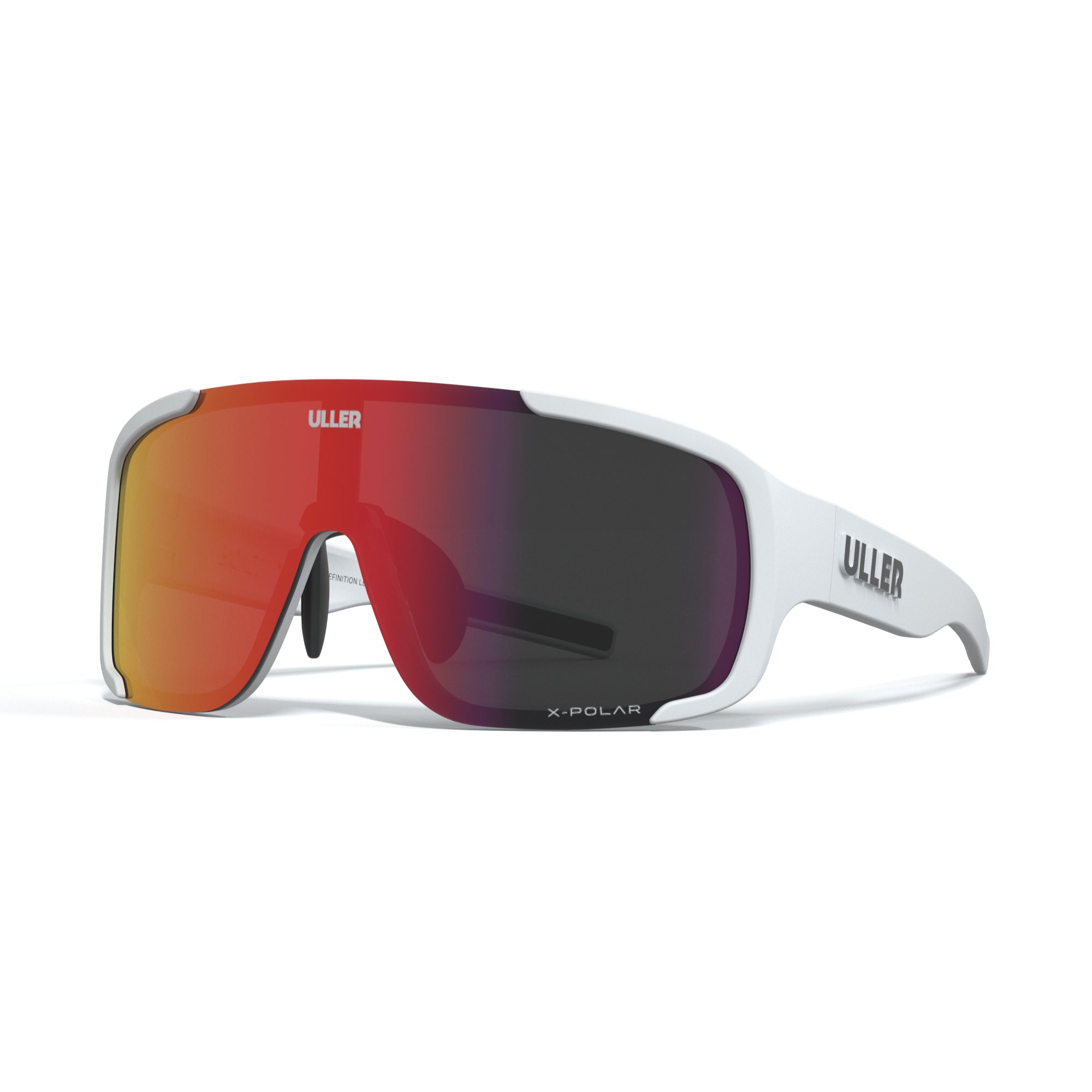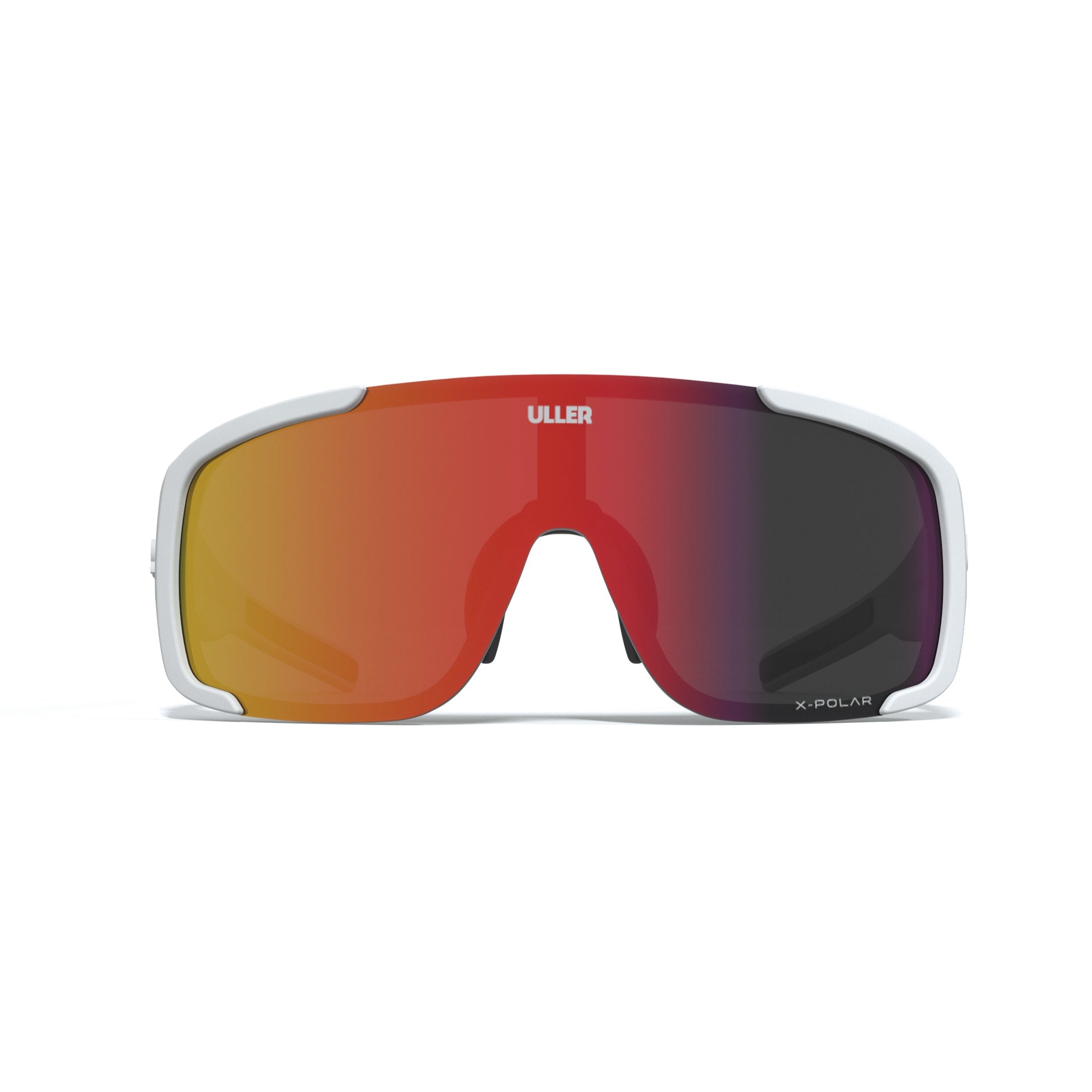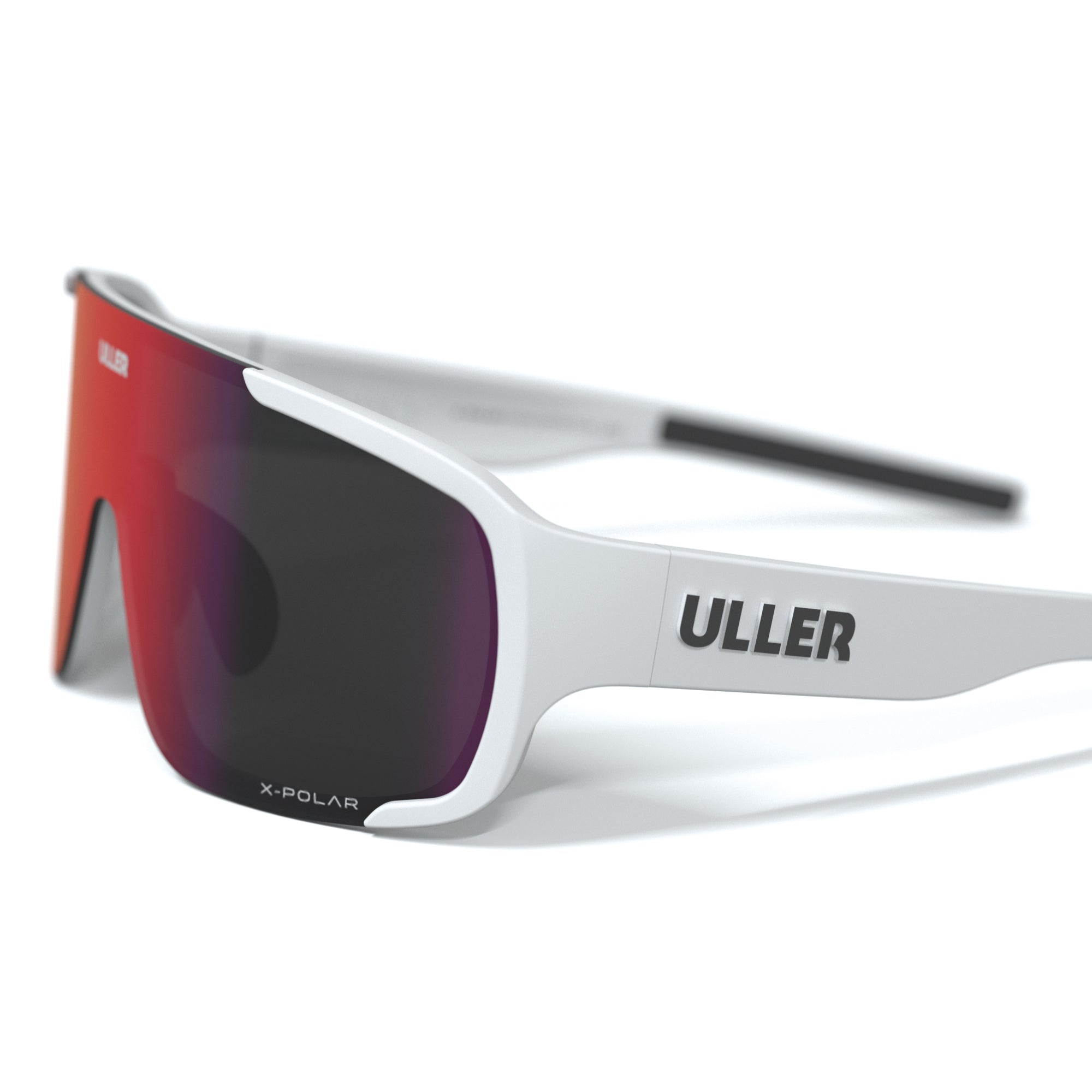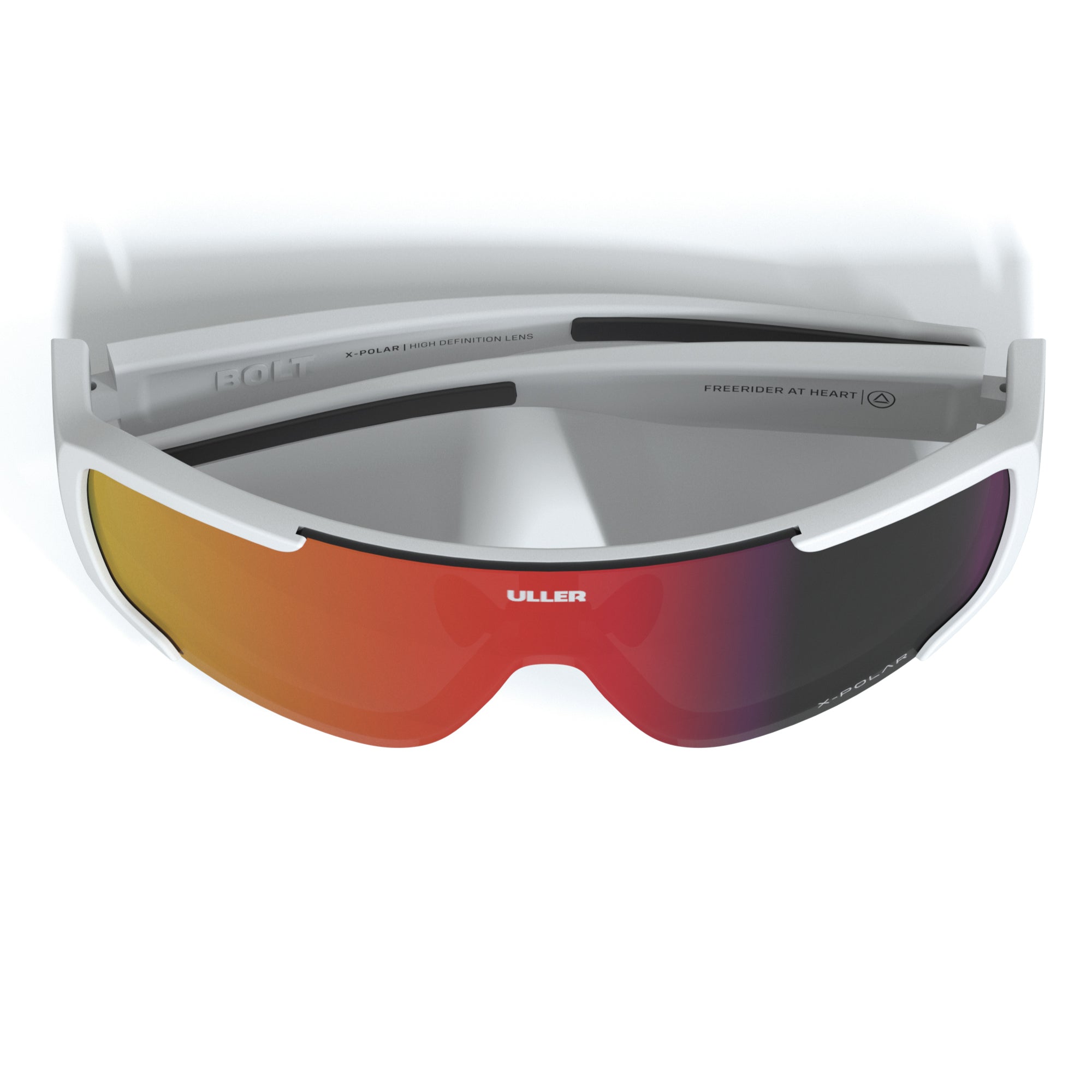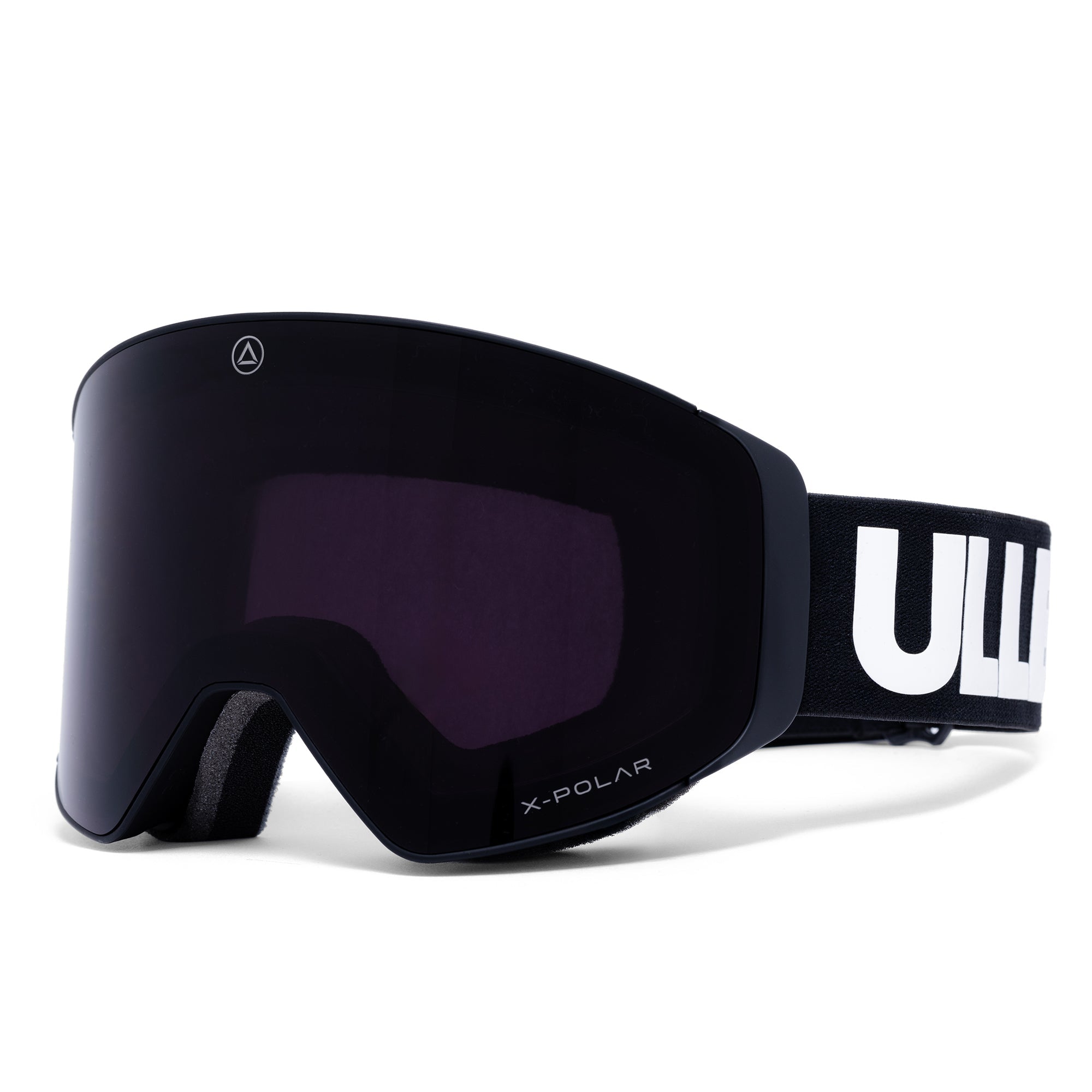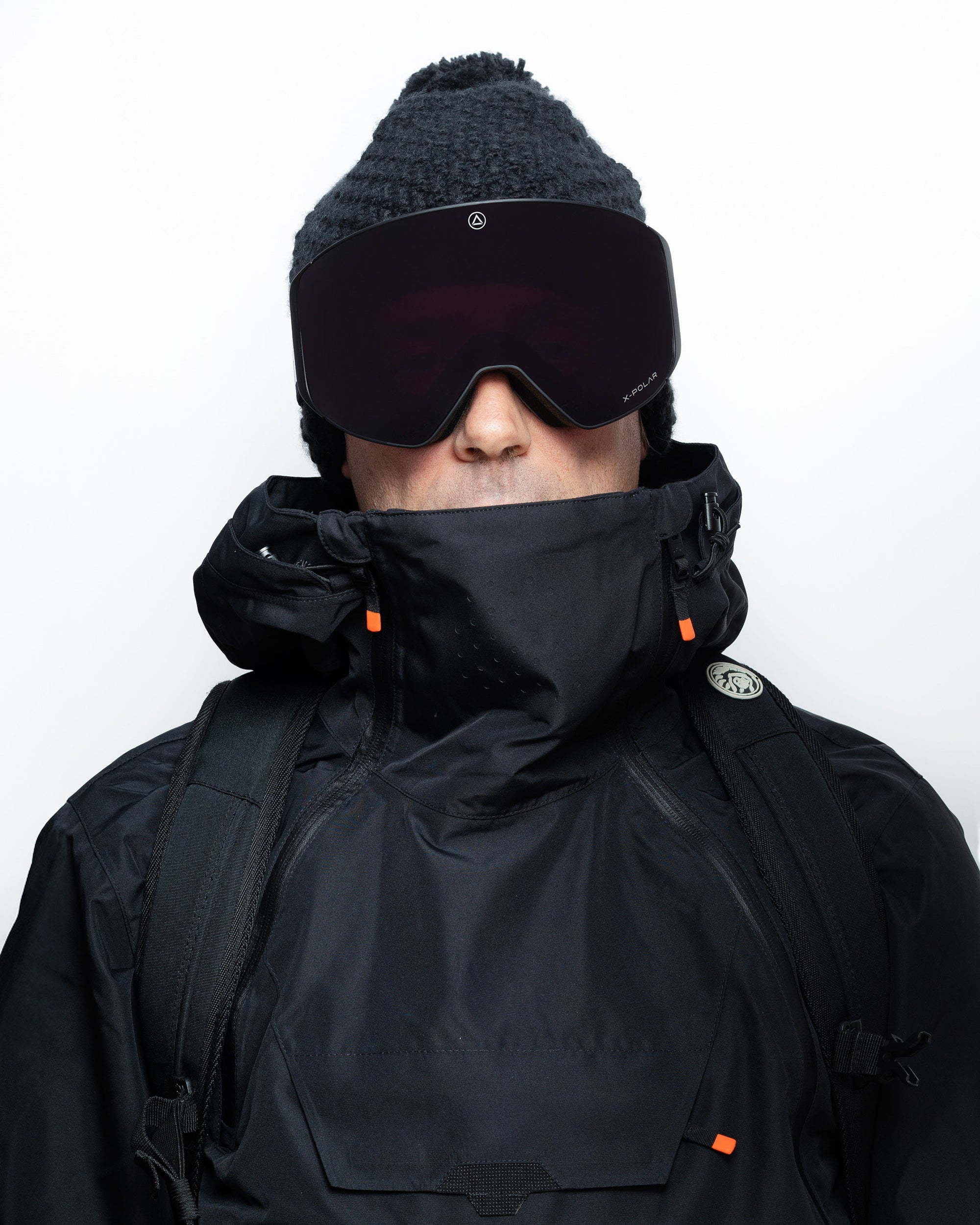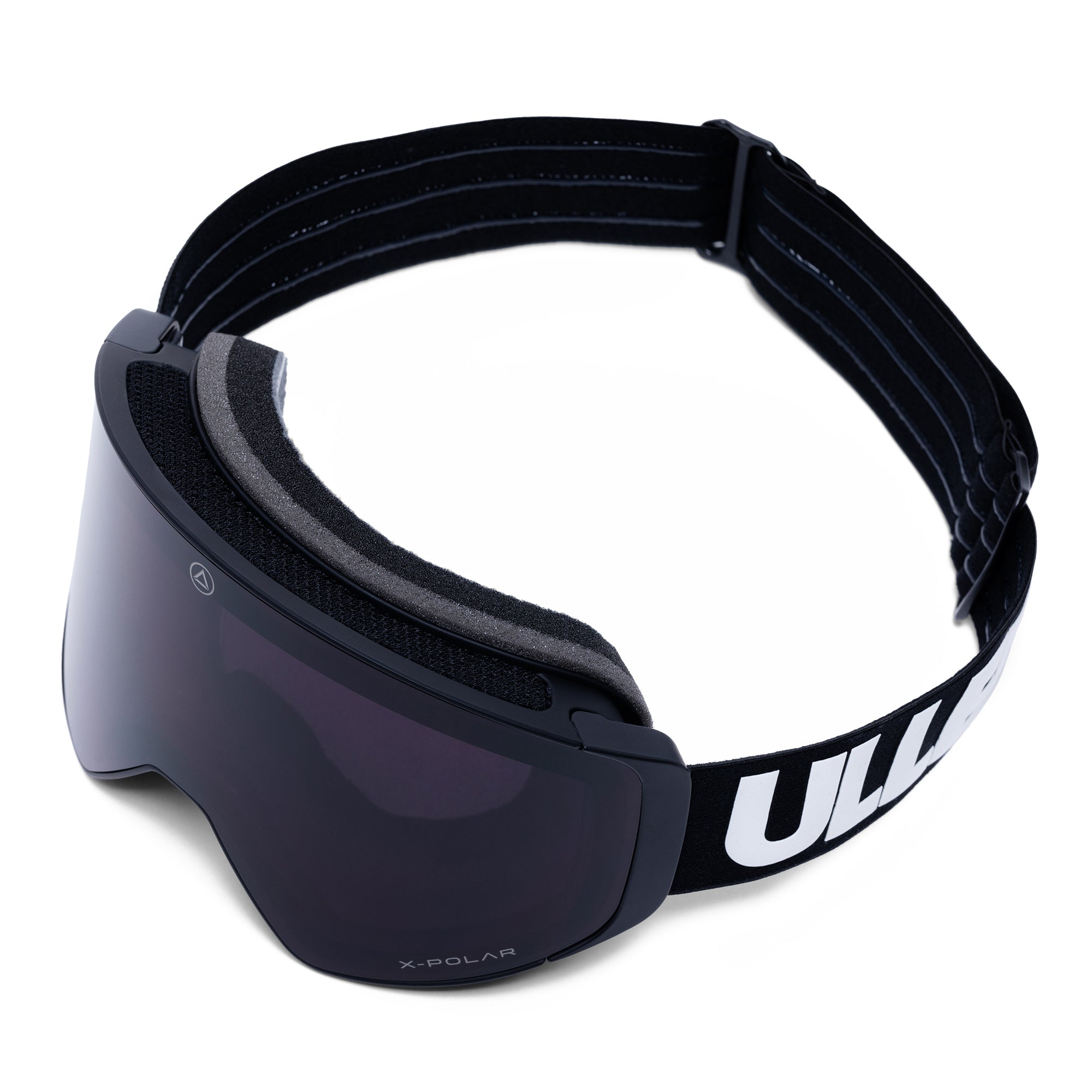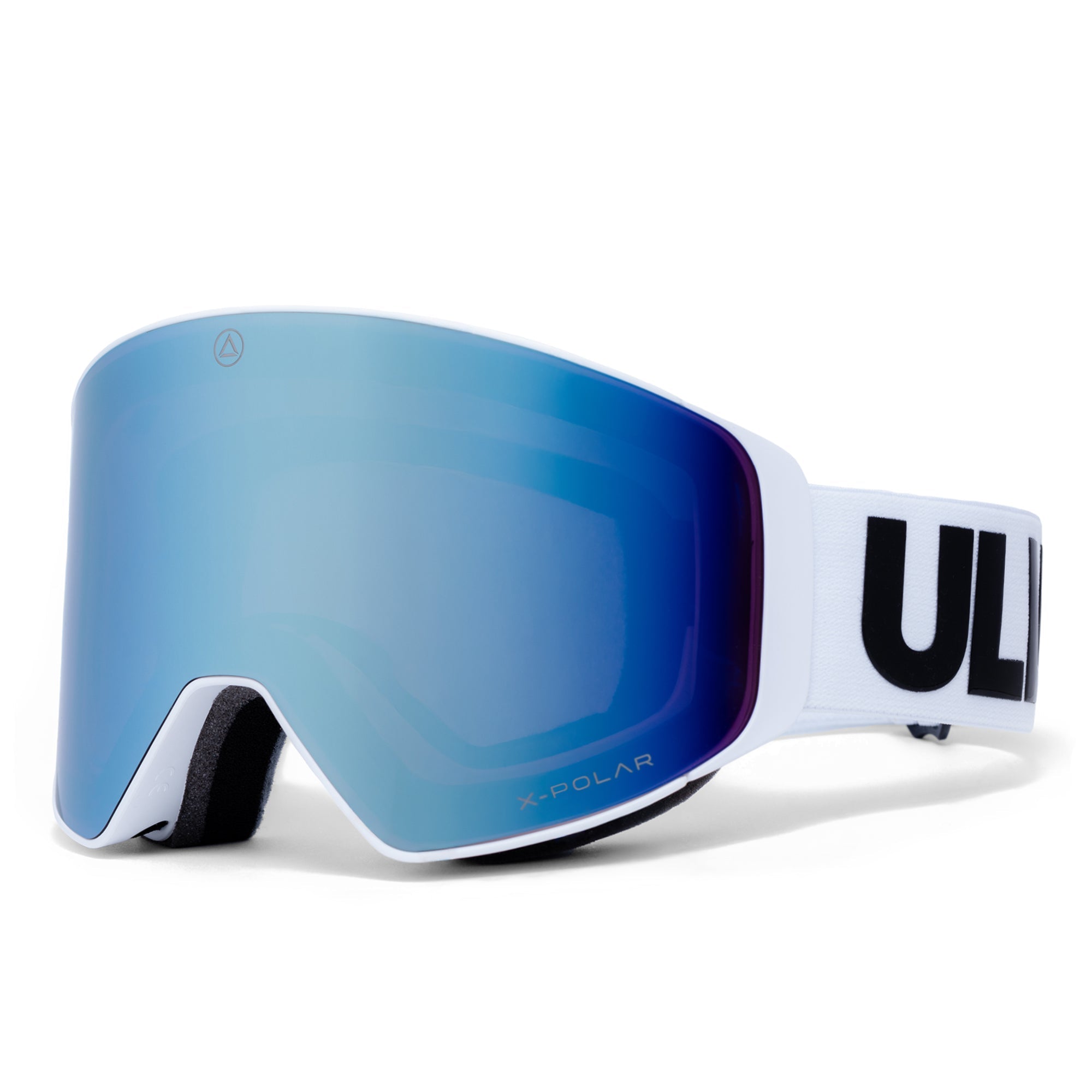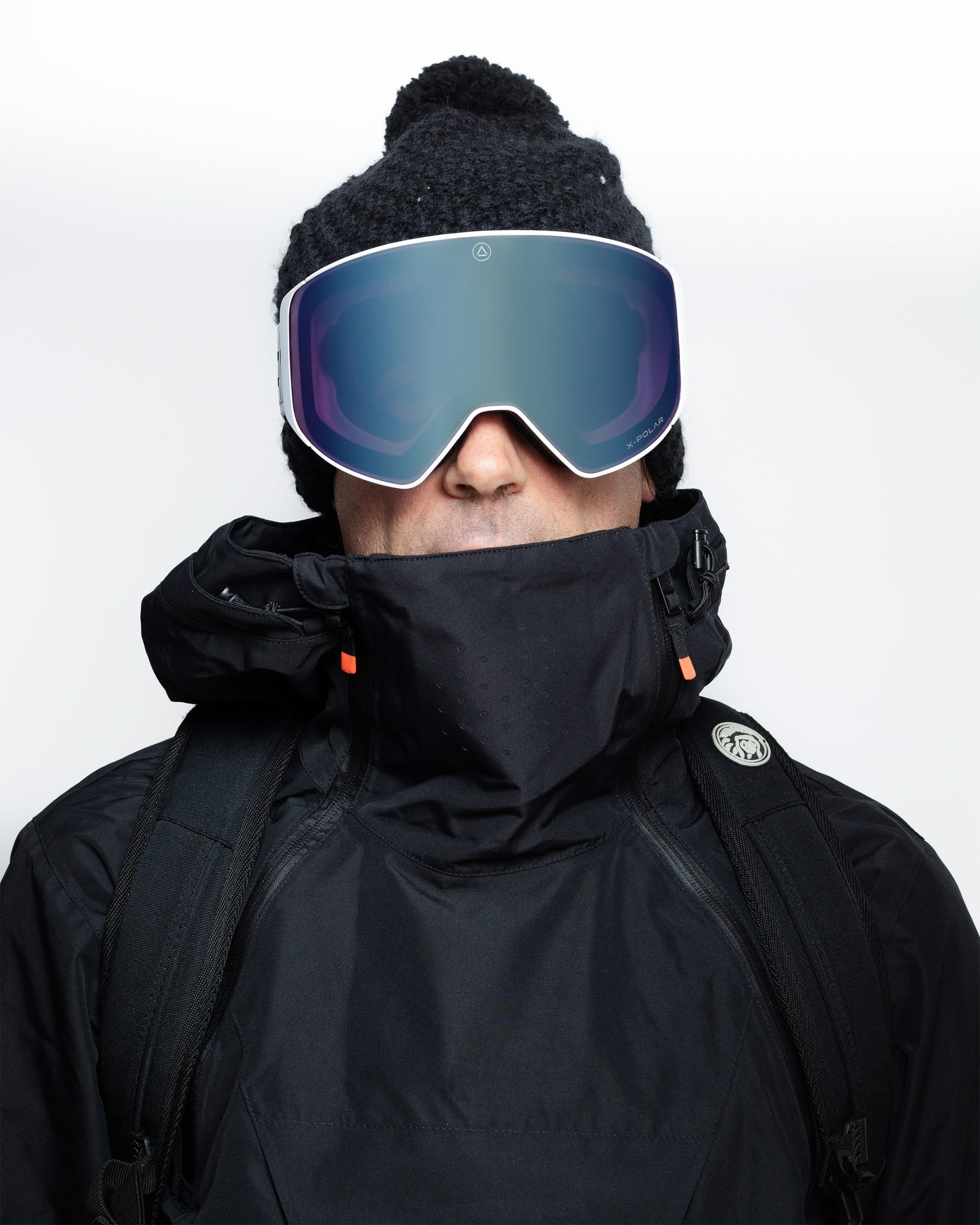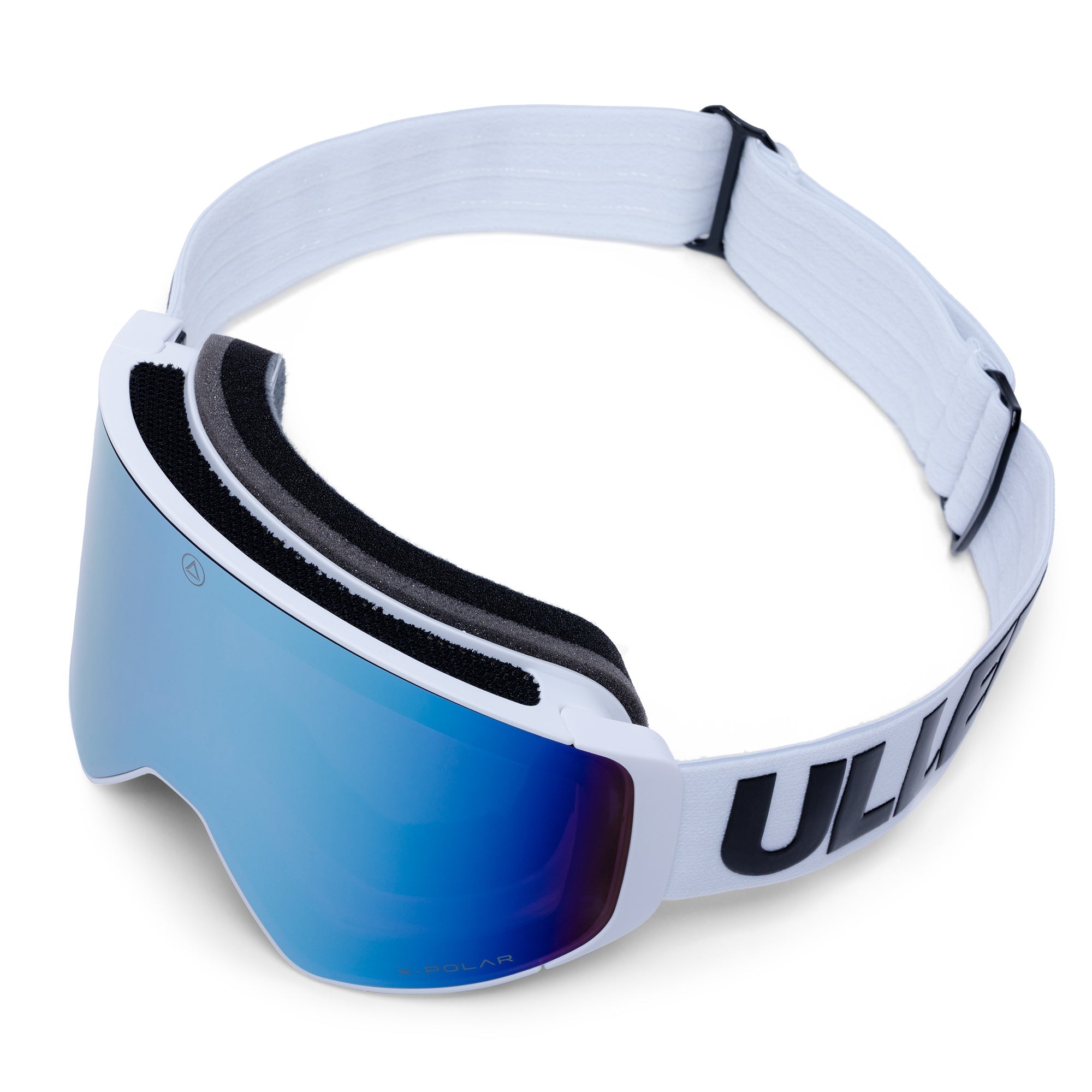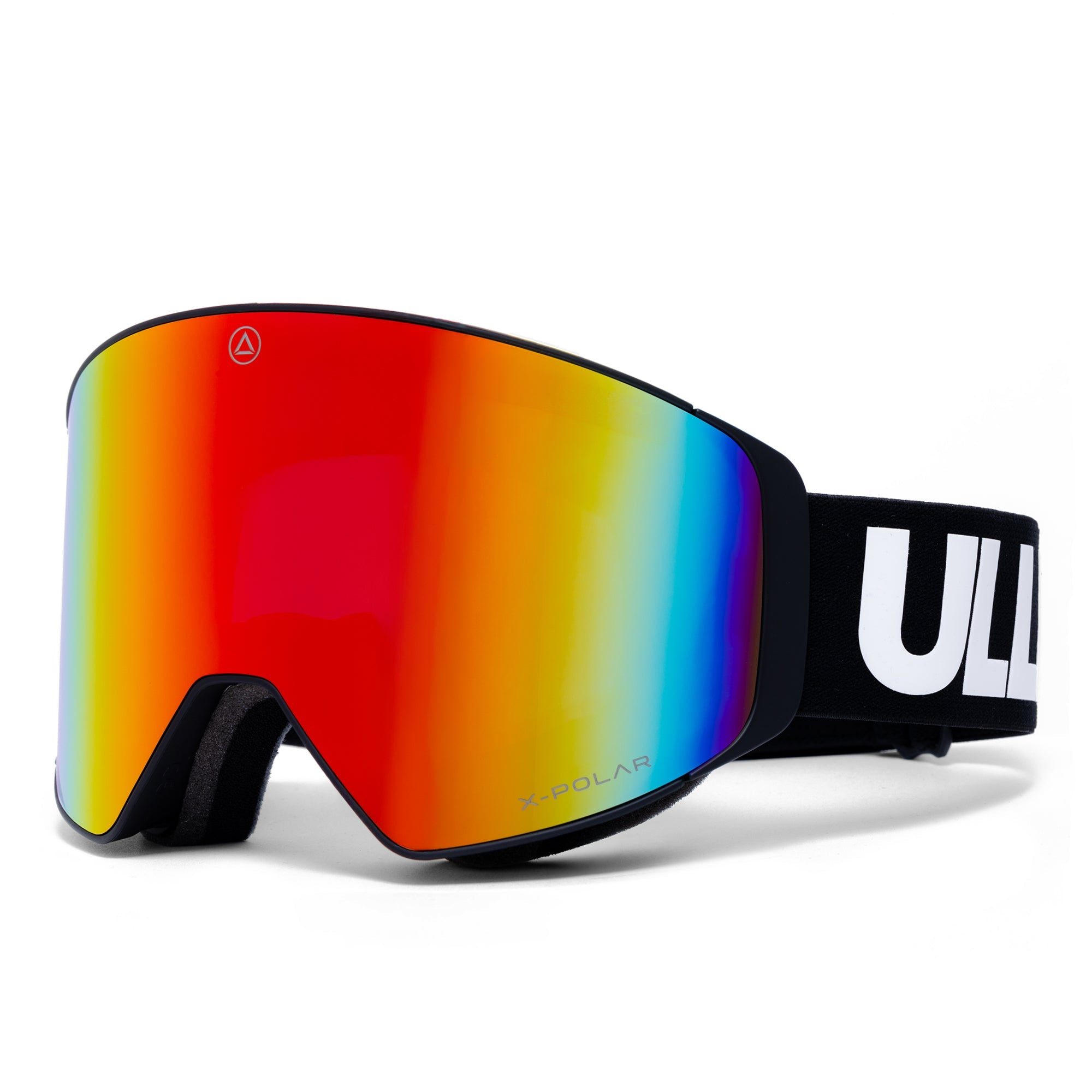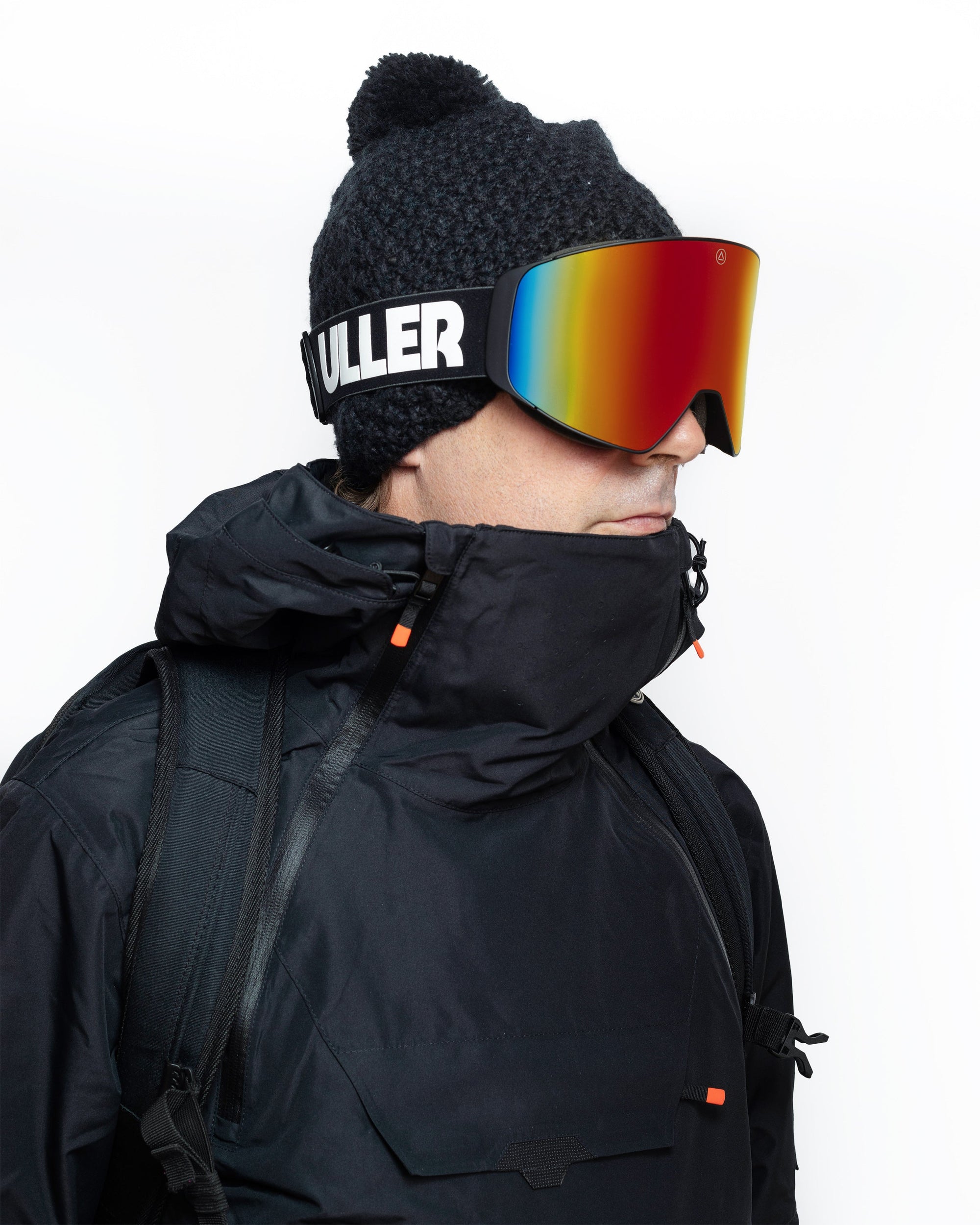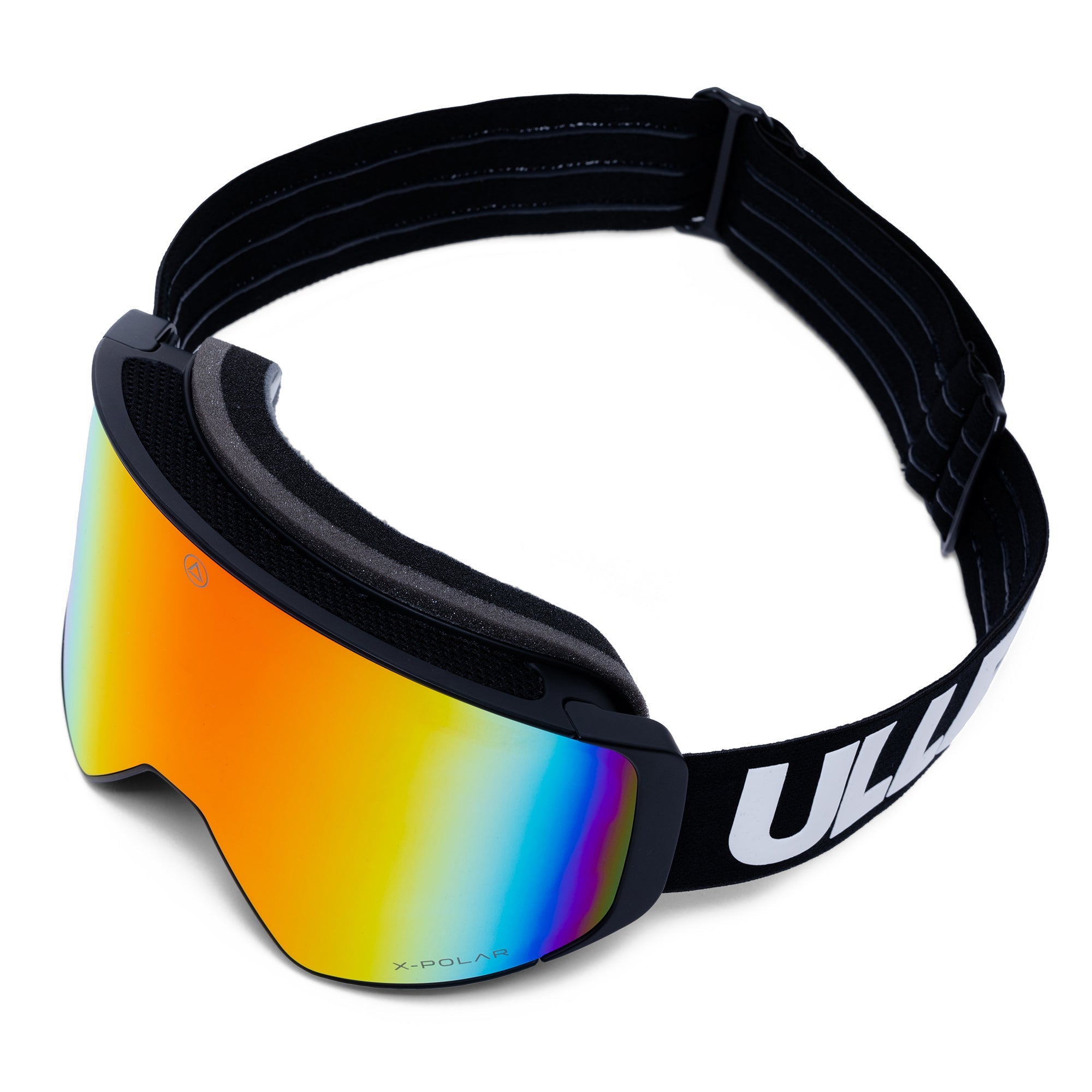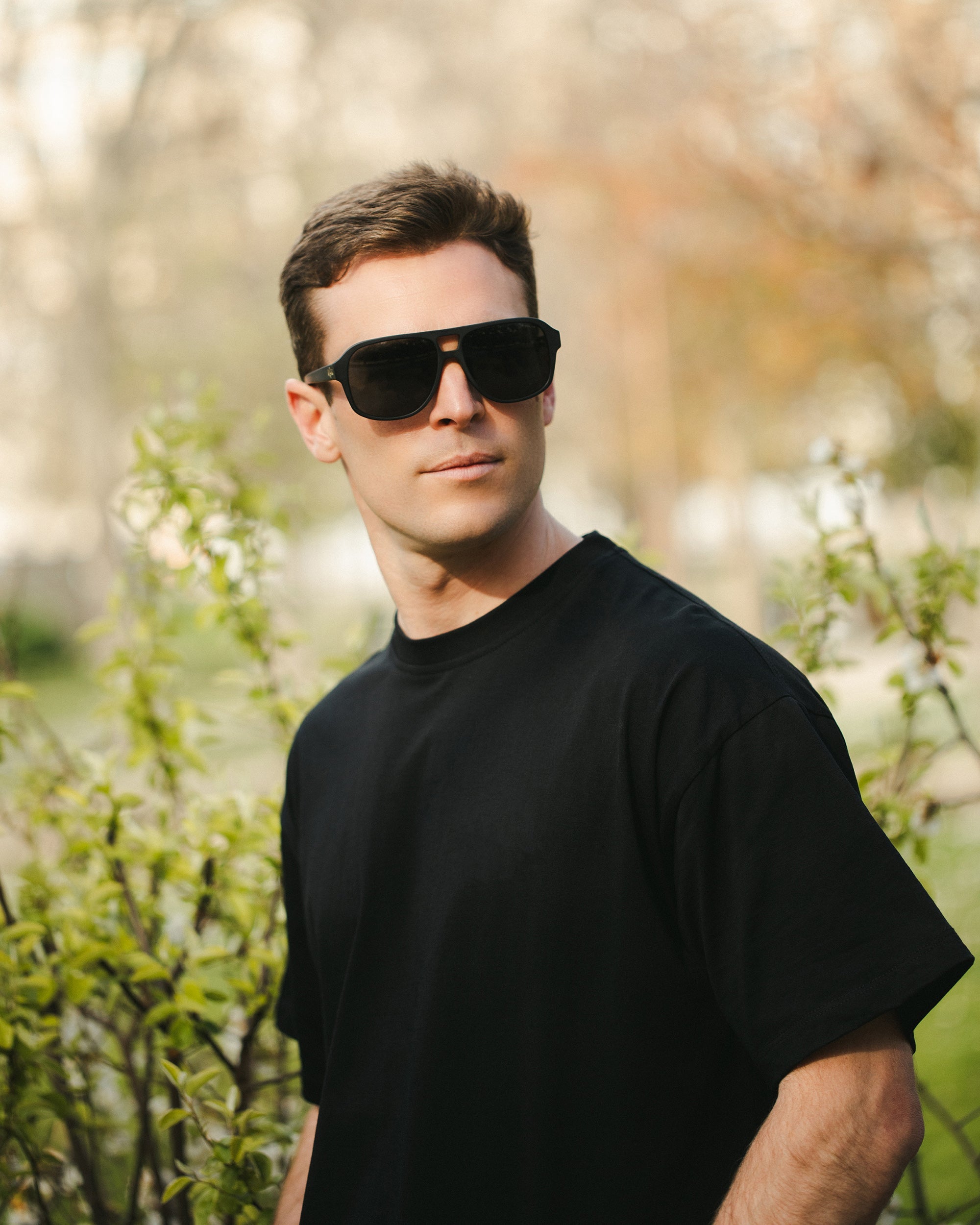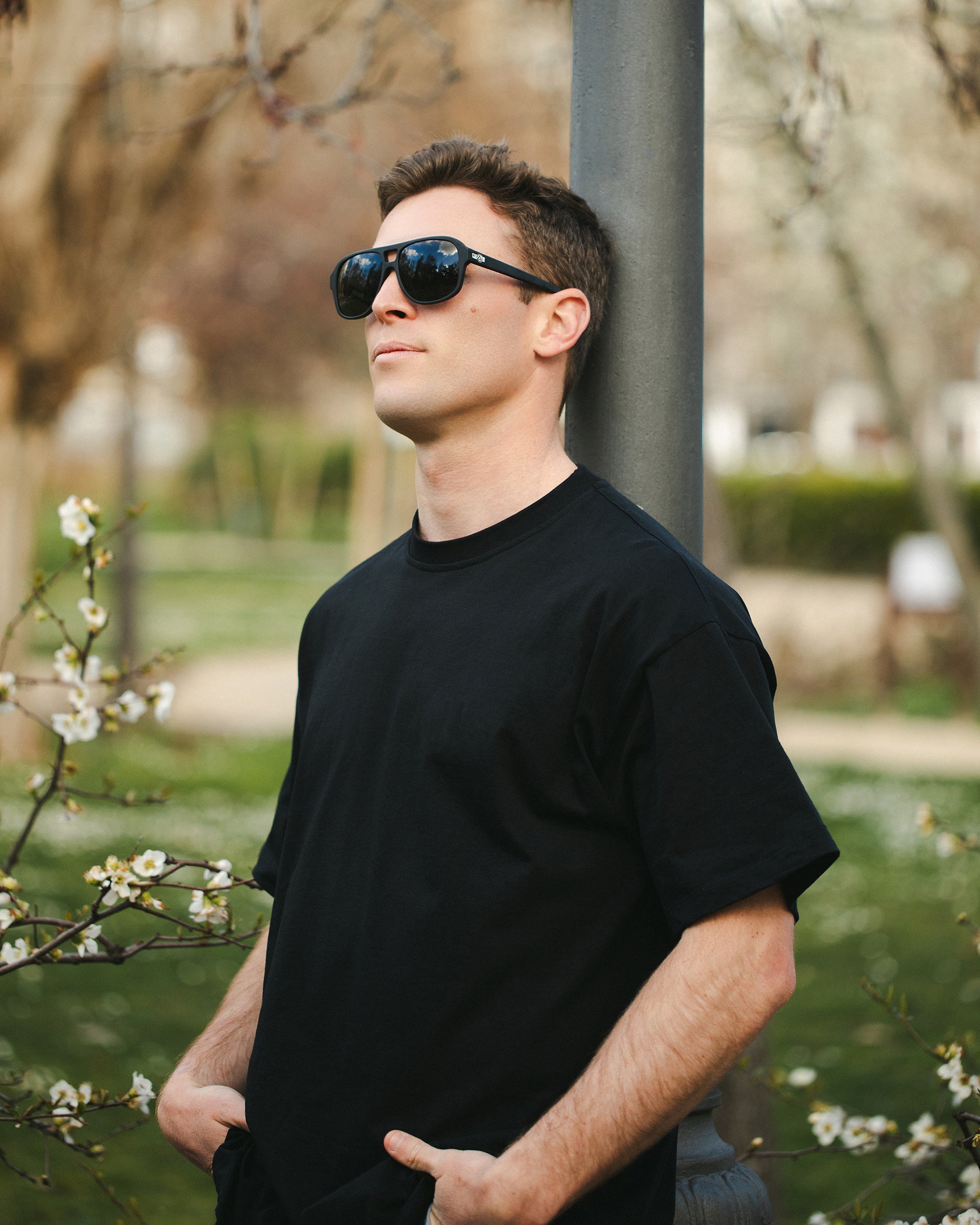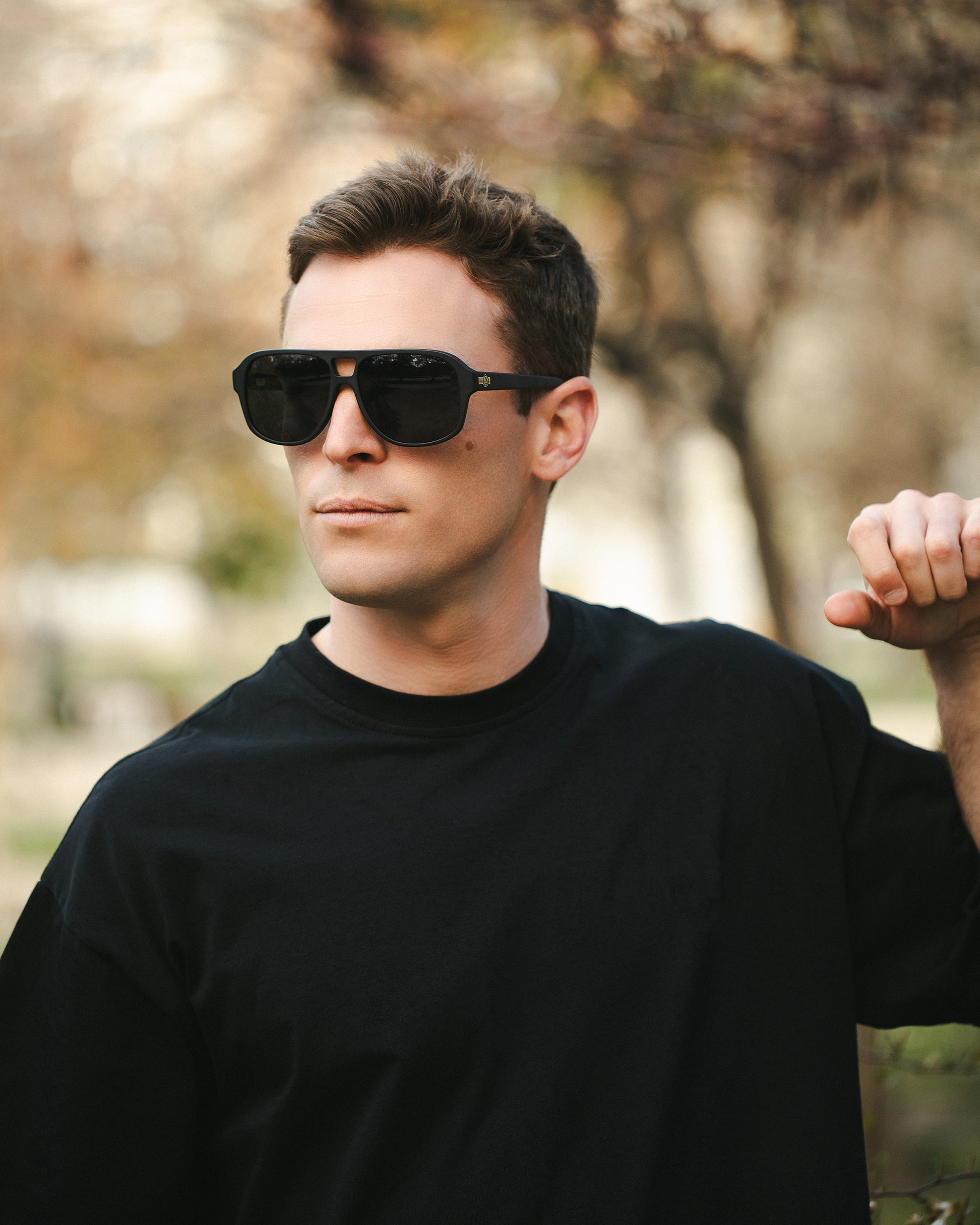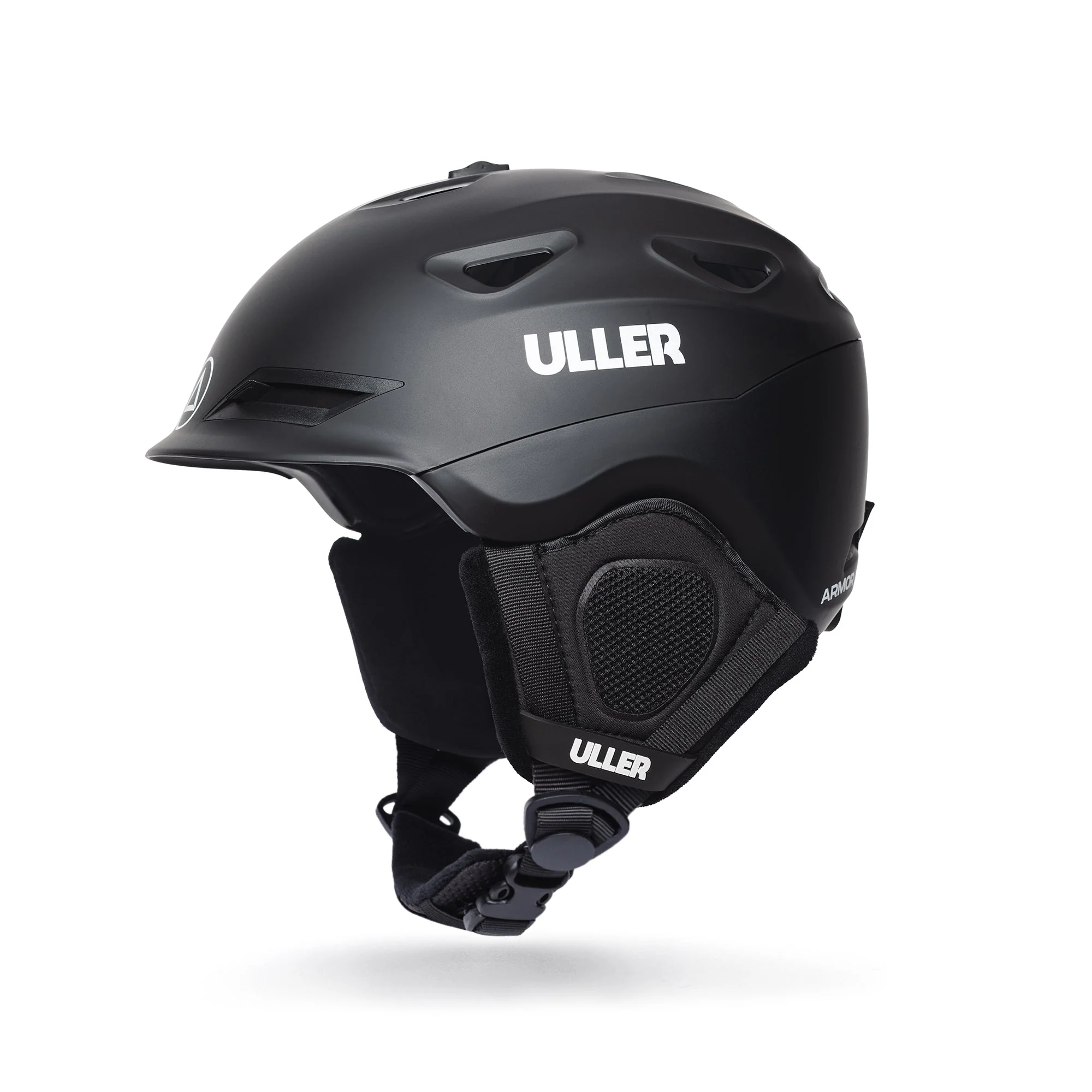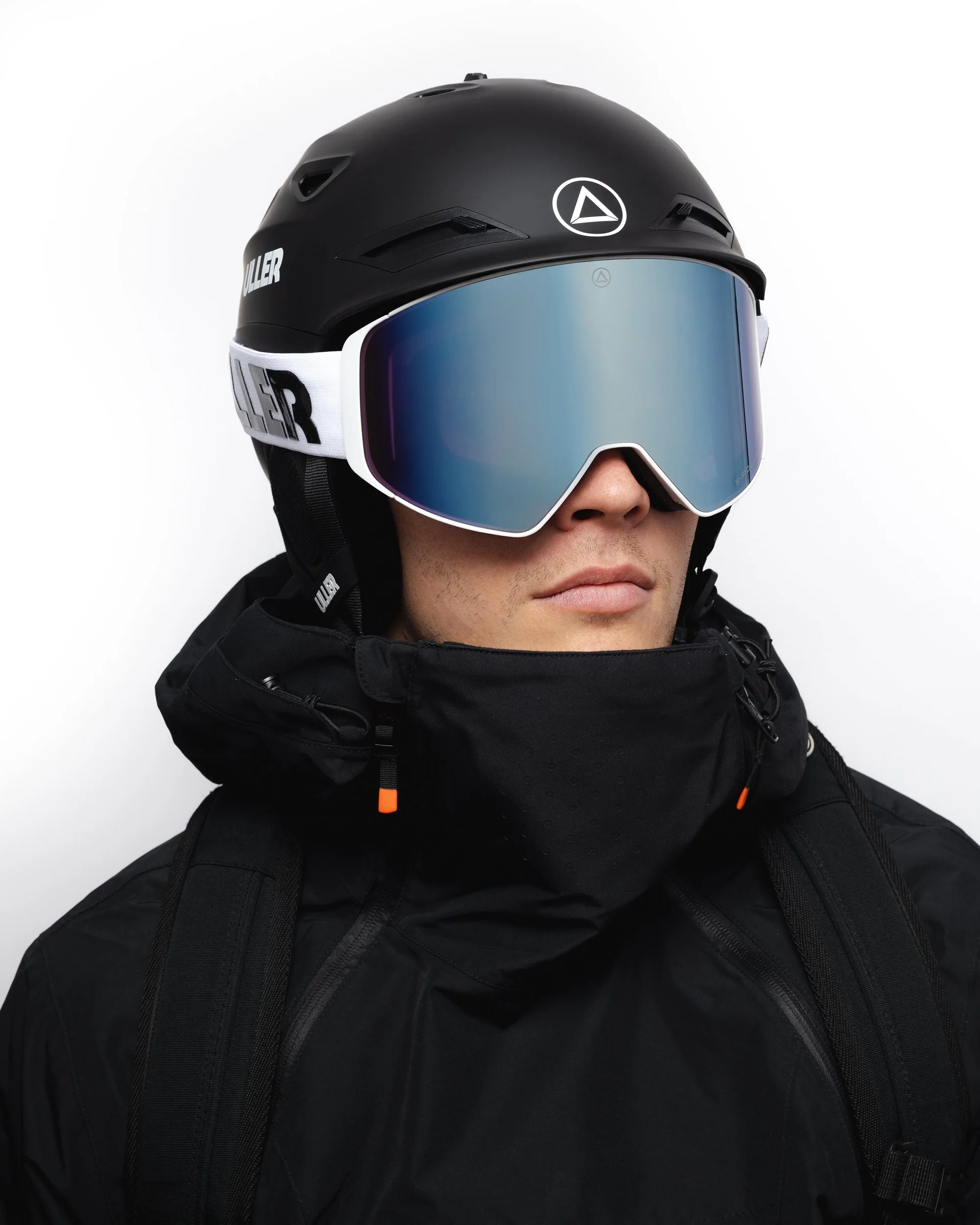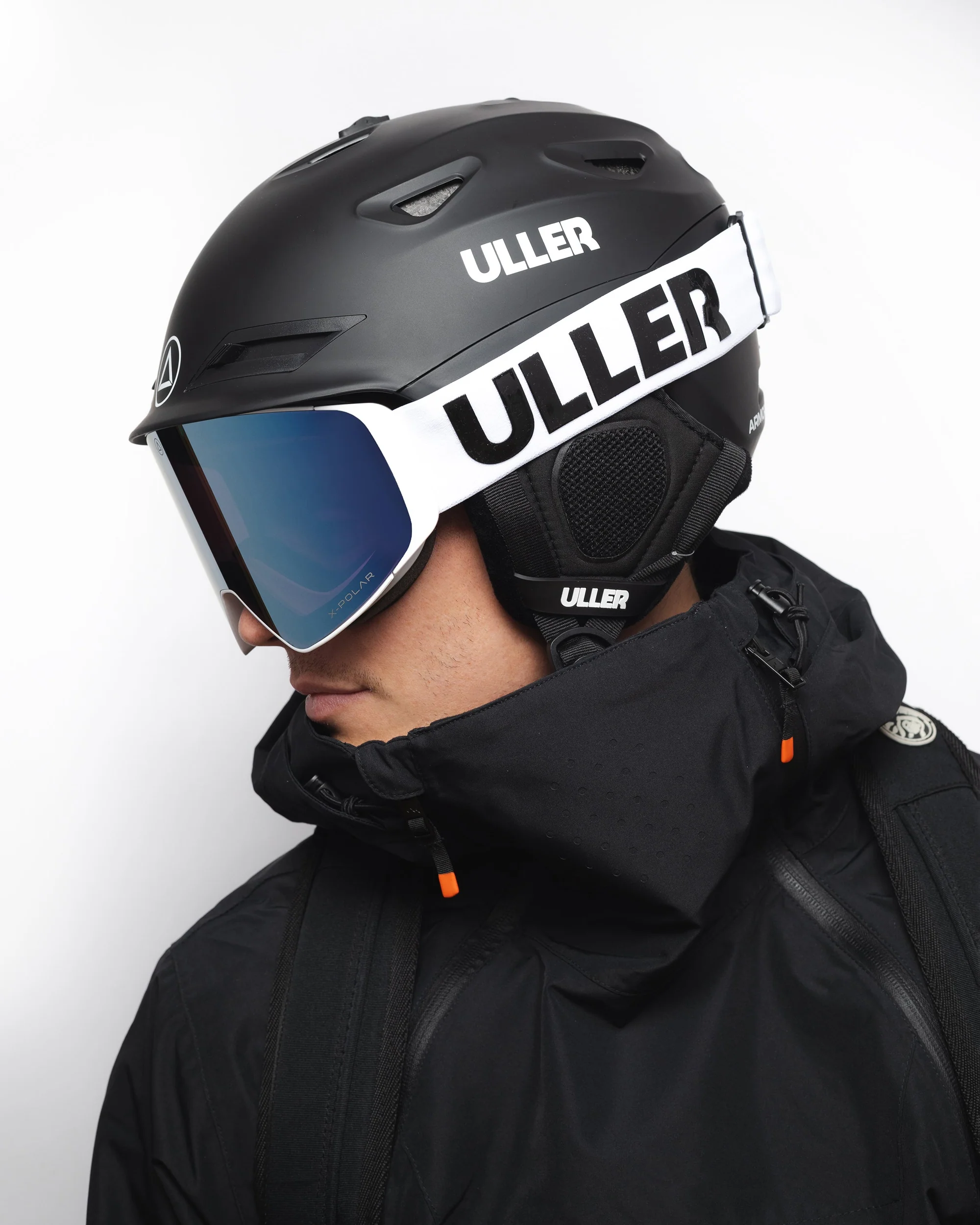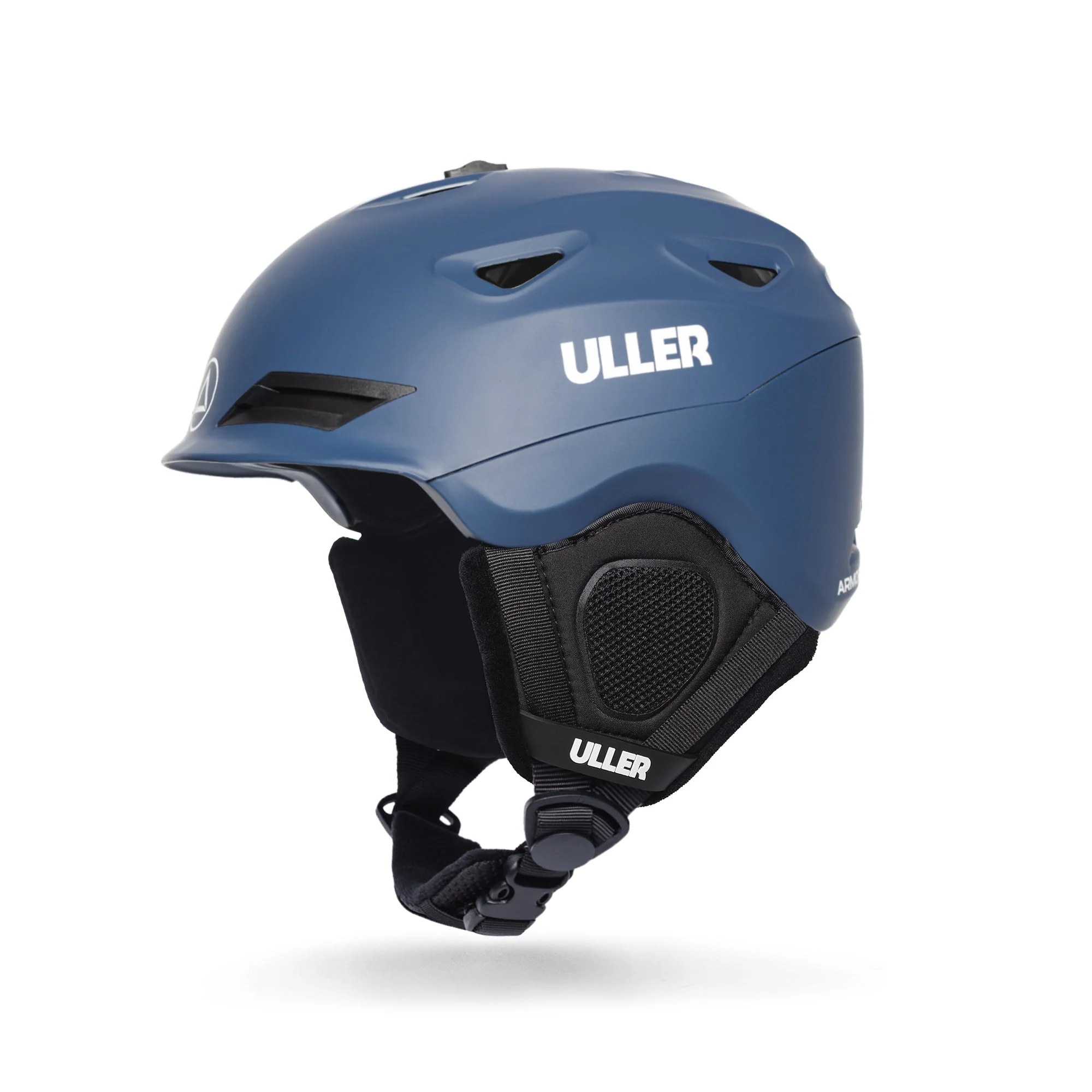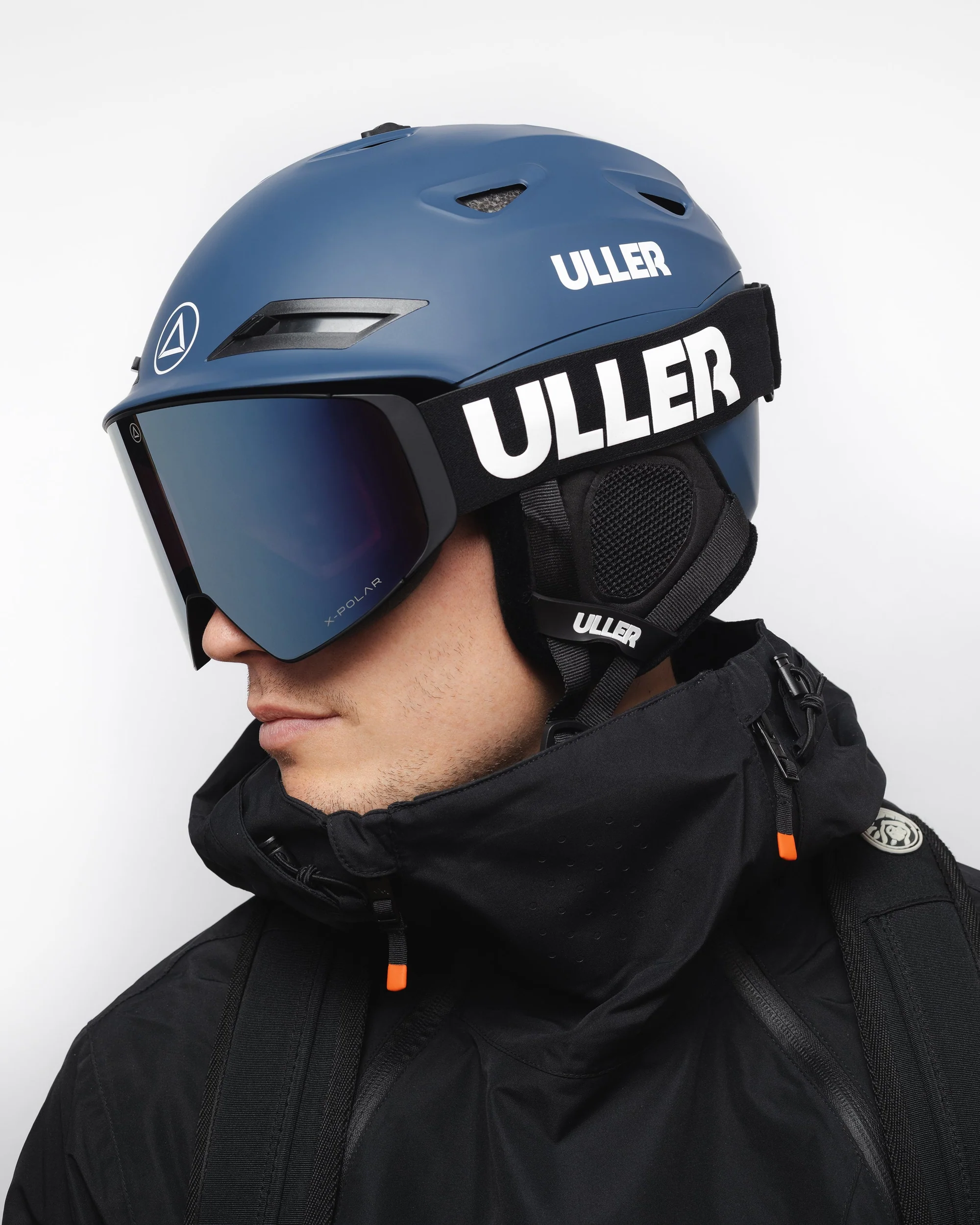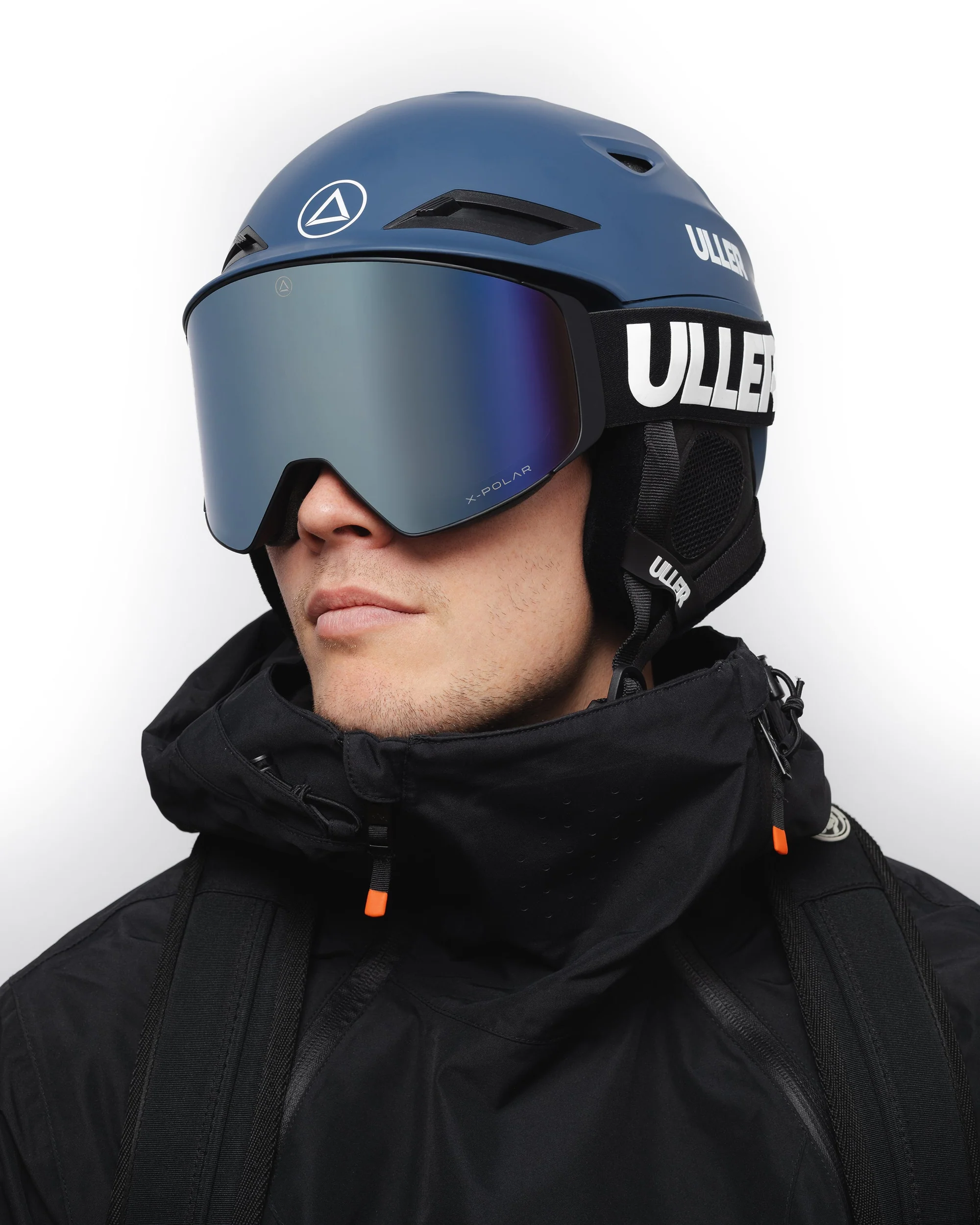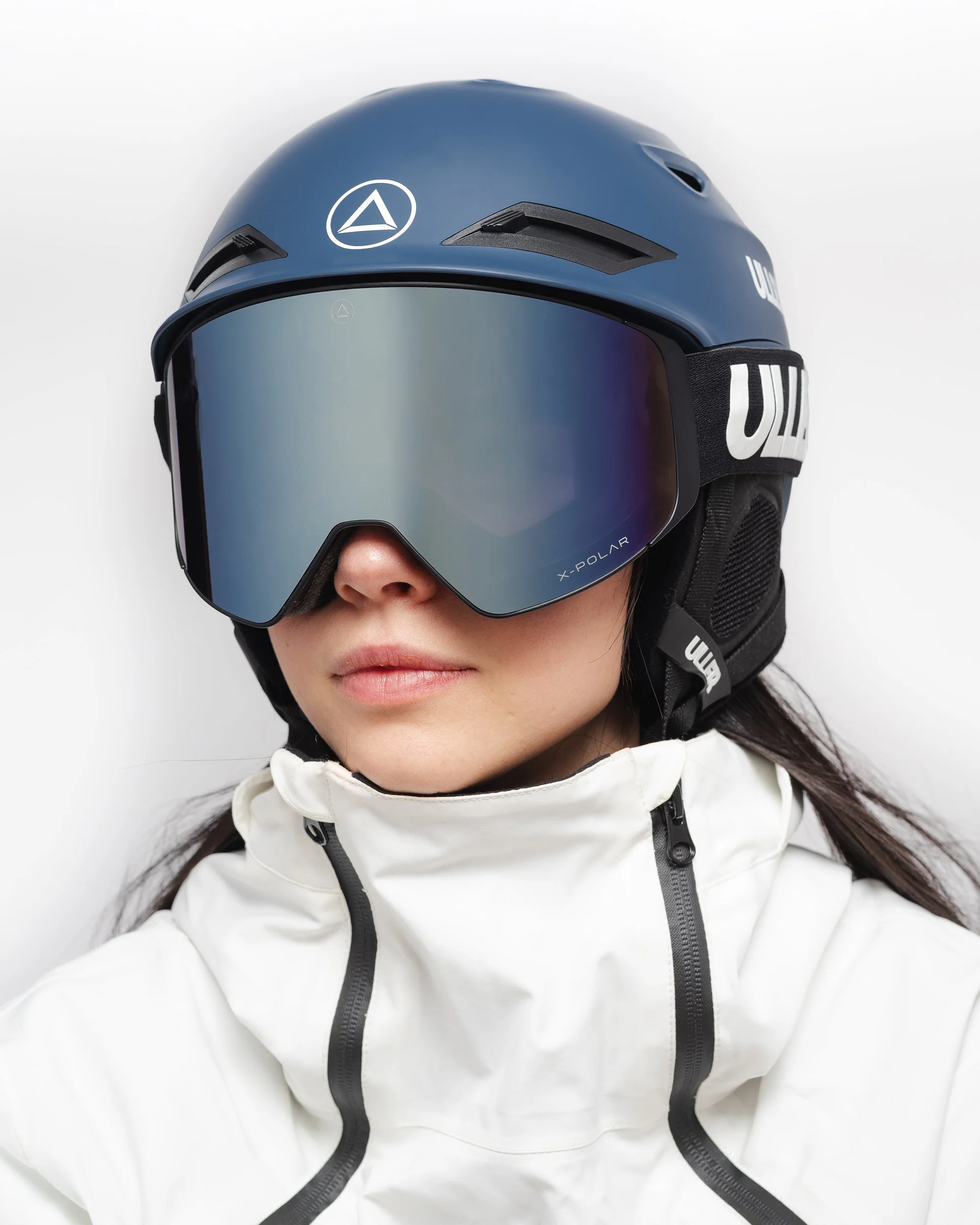Cycling is a world-renowned sport that over the decades has gained the recognition it deserves. It basically consists of going through closed or open spaces by bicycle with the aim of reaching the finish line in a short time.
There are multiple modalities of cycling and it has been considered an Olympic sport since 1896, the year in which the first edition of the Olympic Games was held in Athens. In addition, there is a specialized competition in which professional cyclists from all over the world battle for first place: the Tour de France.
This practice, which was born in the 18th century as a means of transportation, is today one of the most famous sports in the world. If you also like the dynamism and adrenaline of cycling, keep reading to learn about some of its curiosities!
Who invented the first bicycle?

Did you know that the first bicycle invented was made of wood? As we have already anticipated, cycling was born to satisfy a need to travel.
The first known bicycle arose in the year 1817 by the German Karl Christian Ludwig Drais Von Sauerbronn, an amateur researcher who dedicated his life to the invention of artifacts that ultimately turned out to be useful to humanity. This first bicycle received the name “walking machine” or “draisiana”, in honor of its creator, and it consisted of two wheels, a handlebar and a compact structure made of wood, leather and brass. In its beginnings, this device did not have pedals, since they did not exist, so the way to use it was by gaining momentum with both legs so that the wheels would gain speed.
From this first attempt, and upon seeing the ease of movement that this velocipede provided, many inventors added elements to the bicycle to find the one we know today. Curious, right?
What are the origins of cross-country cycling?
As we have just seen, the first bicycle was invented as a device that boosted the speed of its users as they moved from one place to another. Seeing that this was an easy, fun and fast way to move, its use began to be established in everyday life, and not only that, but it also began to be used for competitions and amateur races.
It was in the Saint-Cloud park, on the outskirts of Paris, where the first unofficial test of this discipline was held in 1868. Seven international cyclists who had practiced the sport continuously in the previous months participated in it and finally it was James Moore, a successful British cyclist, who took victory.
Despite this initial test, it was not until the following year (1869) that the first professional road cycling competition took place. The test held between the cities of Paris and Rouen consisted of 123 km and more than 100 cyclists from all over the world participated in it, being once again the Englishman James Moore who won the victory.
If cycling is one of your hobbies, you probably already know the successes of James Moore, but did you know that he was the one who won the first two cycling events held in history?
Did you know that the Tour de France was born to increase the sales of French newspapers?

The Tour de France is one of the most important stage competitions in the world along with the Tour of Spain and the Giro d'Italia. This competition was held for the first time in 1903 and had six stages and a total distance of 400 km, and to this day, it maintains the same reputation as in its beginnings.
The Tour de France was born by the French newspapers L'Auto and Le Velo when their journalists realized that every time cycling information was covered in them, newspaper sales skyrocketed. And so it was, after the first celebration of the Tour, and after having documented day after day the evolution of each stage, newspaper sales increased considerably. At that time, cycling was booming since, in addition to being a fast way to get around, it was also an escape route with which to combat the frustration generated by the war problems of the moment.
Currently the same thing happens. Cycling, like many other sports, is a discipline that generates a large audience in the media due to its dynamism, fun and perseverance. Not only lovers of this sport enjoy this type of competition, but over time, it has become a very popular hobby among people who do not practice the sport.
Did you know that the first cyclist to use doping was Spanish?

Vicente Blanco was a successful Spanish cyclist who participated in multiple races and competitions since they established themselves in the country, including the Tour de France. It was precisely before this competition that he was injured and lost several toes. After this fateful event, the Basque cyclist was nicknamed "El cojo", since despite his difficulties, he continued to compete professionally. This is when doping or doping comes into his life.
In the celebration of the Tour that he attended with handicaps, the harsh conditions threatened all its participants, and more intensely those who suffered from some pathology. In this way, Vicente Blanco agreed with several of his non-competing fellow cyclists to meet at strategic locations on each stage of the tour to deliver food in order to gain strength and thus continue the competition with an advantage. This is how the Basque cyclist became one of the first to use doping in the discipline of professional cycling.
Did you know that cycling reduces stress and anxiety?
Like most aerobic sports, cycling serves as a natural sedative against the mental damage produced by our brain, generating the endorphins it needs.
It was in the year 2015 when a study came to light in the Journal of Diabete Complications that demonstrated through various volunteers that stress and anxiety levels had been reduced after 6 months practicing this discipline. Cycling not only builds the strength of your muscles, but also generates the necessary proteins that the human brain needs to regulate stress and sadness. In addition, the practice of this sport improves our brain's memory considerably thanks to the increase in neurotrophic factor (a human protein capable of promoting neuronal survival).
In this way, it is understandable that people who practice cycling in any of its modalities have full mental health and hardly suffer from stress, anxiety or depression. So now you know, if you are looking for a sport that makes you feel good and with which to take care of your mood, delve into the world of cycling to find it!

FREQUENTLY ASKED QUESTIONS ABOUT CYCLING
-
What is the fastest bike in the world?
It is known that the fastest bicycle in the world is the Aerovelo ETA, reaching 139km per hour.
-
What material was the first bicycle made of?
The structure of the first bicycle consisted of several parts: a handlebar, a seat, two wheels and a support surface on which to place the body of its users. The main structure of it, like the wheels, was made of pine wood, while the handlebars were made of brass and metal. The seat was made of animal leather.
-
How many stages does the Tour de France have?
In the first competition held in 1903, the Tour de France had 6 stages. Currently, it has 21 stages.


















